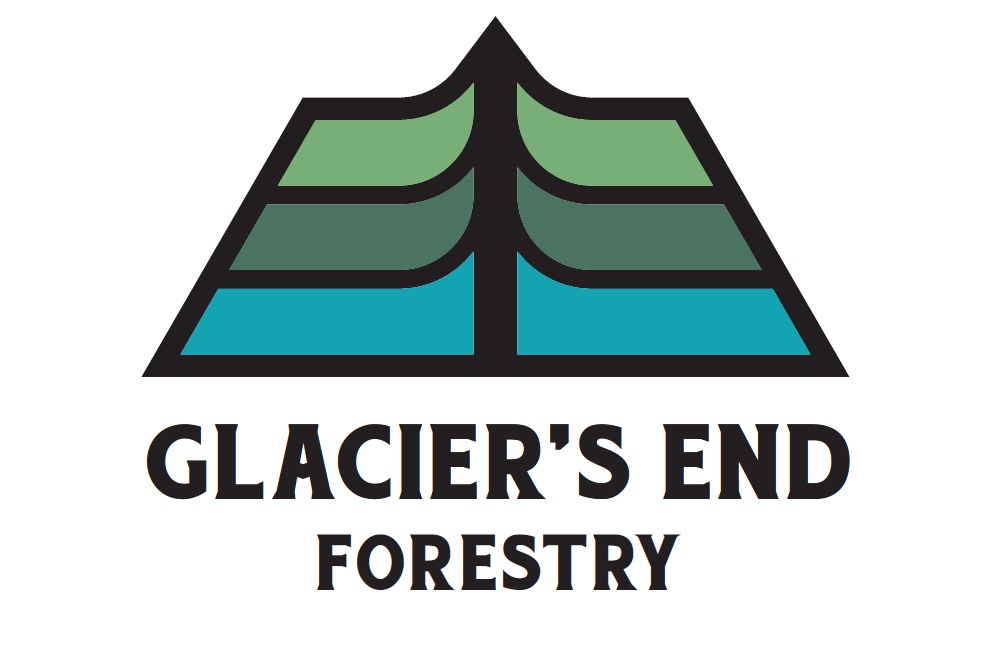This is a perfect example of why we remove crossing or rubbing branches, which is particularly beneficial in young trees. This is a very good avenue for decay fungi and insects. When limbs get large in diameter like this, it becomes a good arborist’s judgement call whether exposing the wound left from rubbing is more damaging to the tree than potential failure or subsequent decay from a situation like this. The branch left behind had a good union, was healthy and the wound that was exposed was relatively clean; a good candidate for retention. If this tree had periodic pruning’s (every 2-3 years during early life) by a trained arborist, large rubbing wounds and many other structural issues could have been “trained” out of the tree. I don’t typically work in large trees but when I do, it reminds me just how important early intervention is for a young tree’s future structural health and vigor. Training young trees is well worth the time and investment. I took this out of a large pin oak in Stark County, Ohio.

